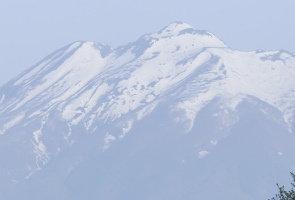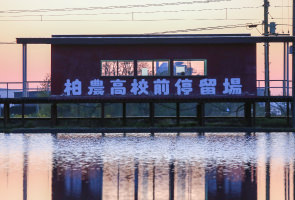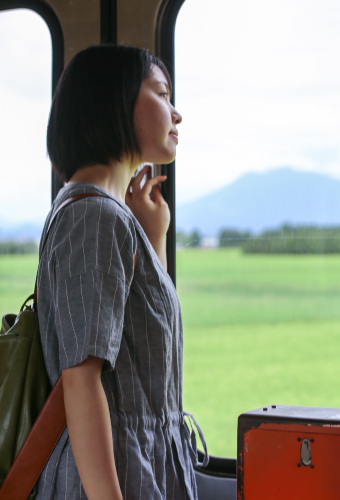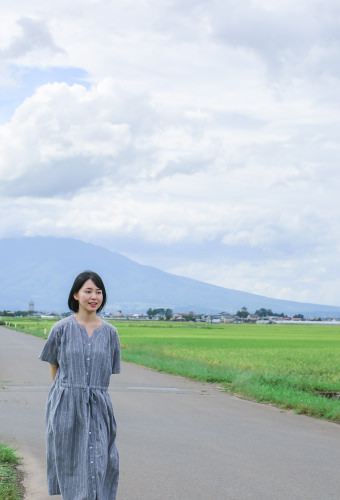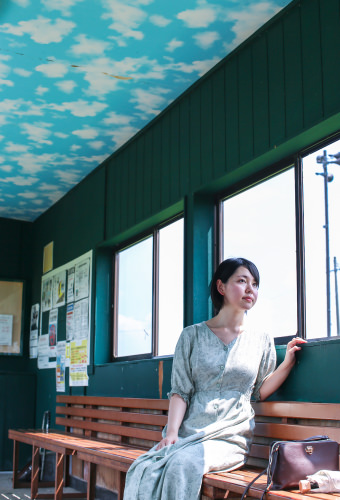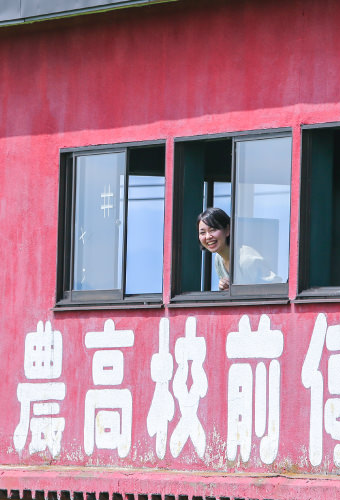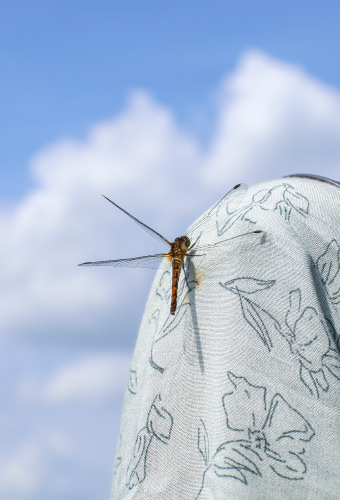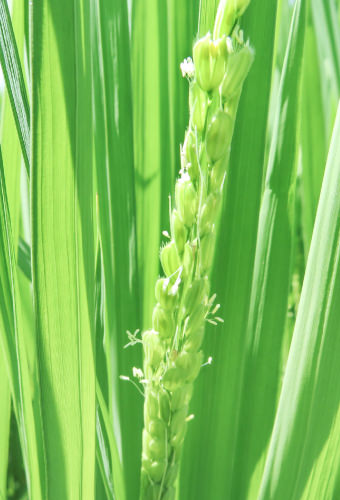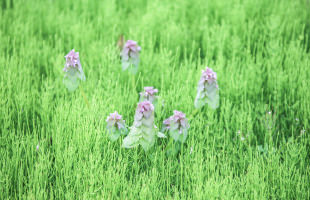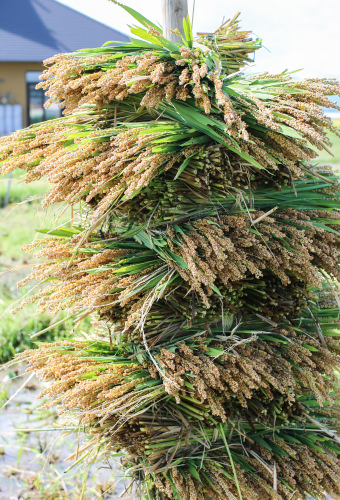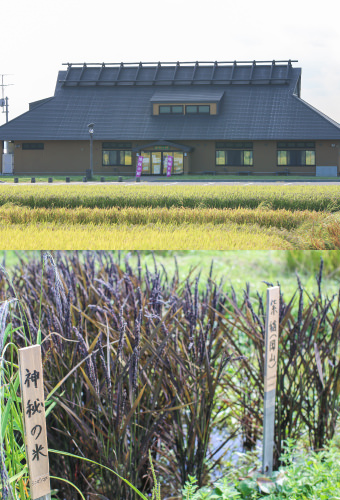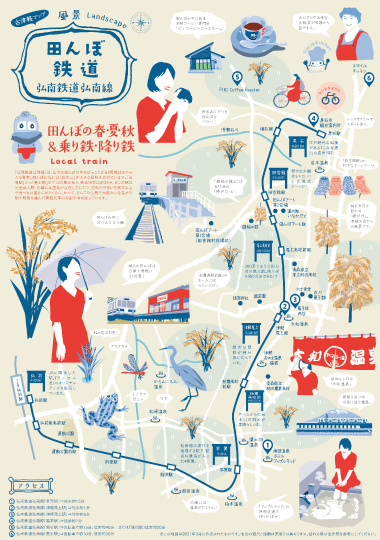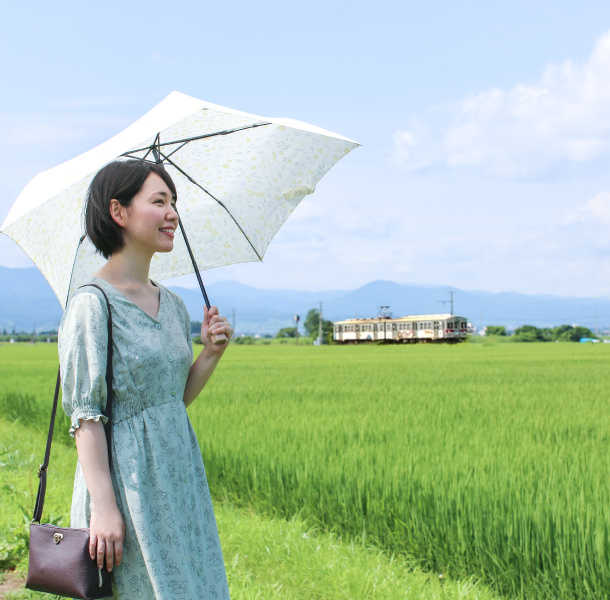
Rice Field Railway (Part 1)
HIROSAKI・HIRAKAWA・INAKADATE・KUROISHI
The Konan Railway Konan Line is a two-car local train that runs through seemingly endless rice fields. Mt. Iwaki, sometimes referred to as the Mt. Fuji of Tsugaru, can be seen at the edge of the rice fields. There are a total of 13 stations on the line, 8 of which are completely unmanned.
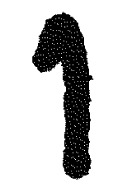
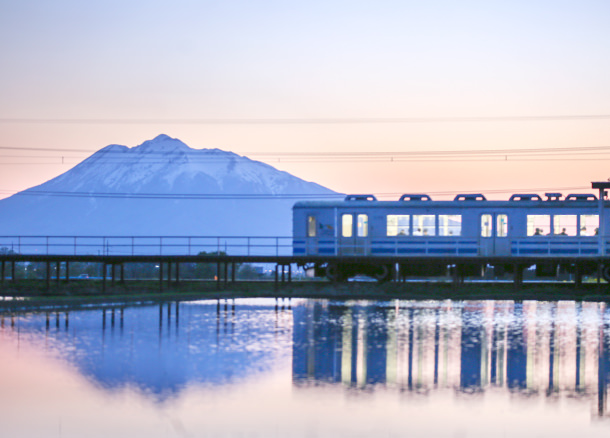
1 Rice fields in spring, summer & autumn
A train floating on meltwater
Just before rice planting season, Hakunokoko-Mae Station appears as though it is floating on water. When the wind is calm, the running train is reflected on the mirror-like surface of the water. You can see this every year around the middle of May, and sometimes the setting sun dyes the surface of the water in fantastic colors.
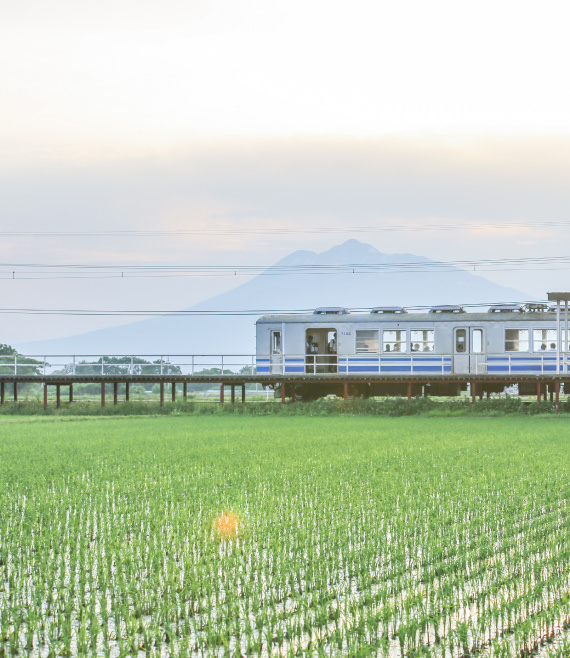
Let's cheer on the small seedlings!
After a long wait, rice planting takes place from mid-May to early June. (May differ depending on the annual climate, region, and farmers.) Rice planting is done all at once, so you will be very lucky if you come across farmers at work during your travels.
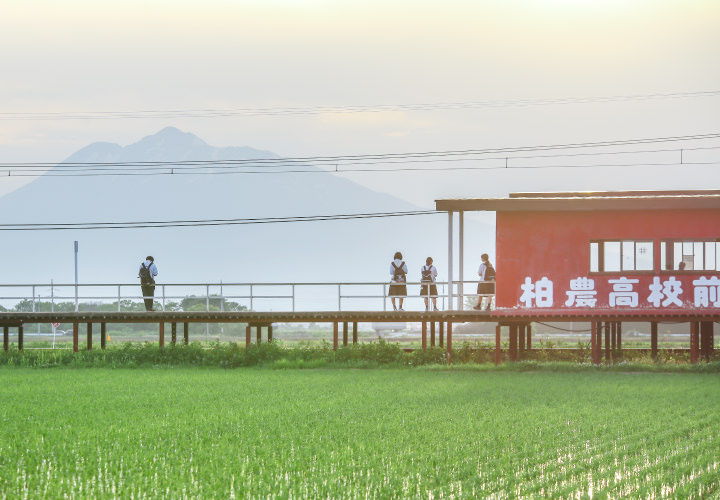
The platform makes for a nice observatory
There are four high schools near the Konan Line between Hirosaki Station and Kuroishi Station, and the train and platforms are crowded with students in the morning and evening.
The students go to school surrounded by the beautiful scenery of the four seasons. The color, shape, and direction of the setting sun change with the season, so you won't ever get tired of seeing it.
Get off the train mid-way if you fancy a stroll
Through the train window you caught sight of this straight road running through a rice field. The green of the rice fields, the blue of the sky, and the blue mountains in the distance – these colors have a highly relaxing effect, and being surrounded by them will make you feel healed.
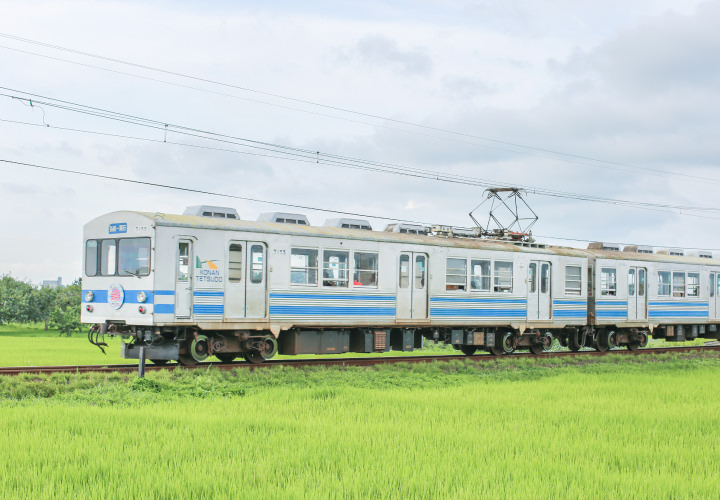
The train runs across a carpet of green
There is only one train per hour during the daytime, so you can hang out around the station while waiting for the next train. First comes the sound of a railroad crossing quietly in the distance, followed by a closer railroad crossing making a louder noise. Eventually, the train comes clickety-clack down the way.

A station standing in peace
On the water in spring and in the green meadow in summer.
Quiet time is flowing during the day at Hakunokoko-mae Station.
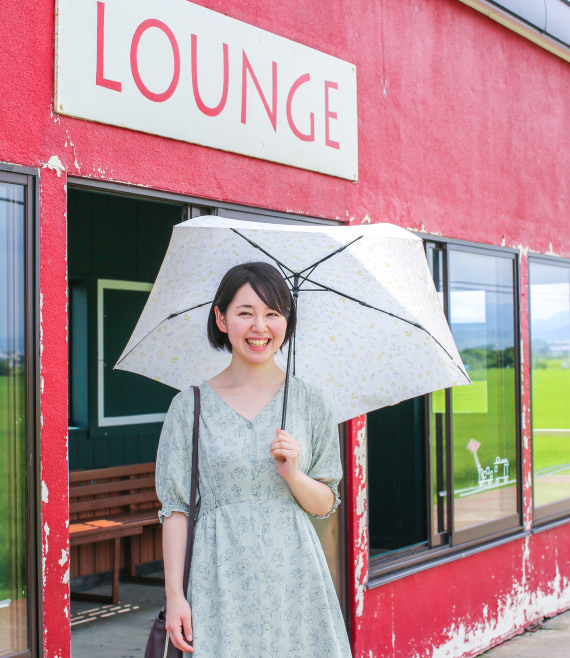
A bright red lounge created by students and local residents
LOUNGE is written in large letters on the station's platform! This lounge was painted by local high school students and residents working together. The bright red walls shine in the green rice fields.
As you enter a blue sky appears The countryside is visible through the large window
Entering the lounge, you will see a blue sky and white clouds painted on the ceiling overhead. Sitting on the long bench and gazing out of the lounge, real clouds slowly flow by and ears of rice sway in the wind.
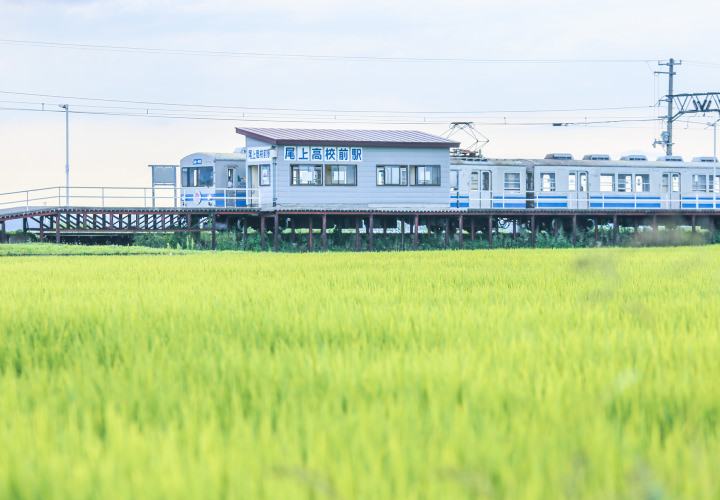
You can enjoy rice fields at Onoekoko-Mae Station too
Onoekoko-Mae Station, which is two stations from Hakunokoko-Mae Station, is an unmanned station where you can have the Konan Line’s view of the rice fields all to your self. There are no houses around the station, and rice fields surround it on all sides. Just standing in the rice fields will refresh your mind.
Gaze at rice flowers with a dragonfly on your shoulder
Have you ever seen rice flowers? They may not look like flowers due to their small size, but if you squint your eyes, you can see the white lumps poking out from the rice plants. They bloom from late July to early August in the sunny days following the rainy season. Some people say rice flowers smell like cooked rice!
The pathways running between rice fields are museums of weeds
Colorful flowers can be seen in the rice fields, including dandelions, persicaria longiseta, polygonum thunbergii, the white-flowered sagittaria trifolia, three-leaf clovers, and the bluish-purple flower of the monochoria vaginalis. (There also seem to be some weeds harmful to rice.)
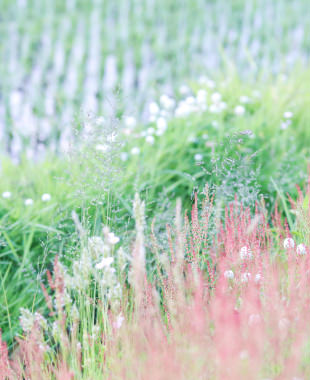
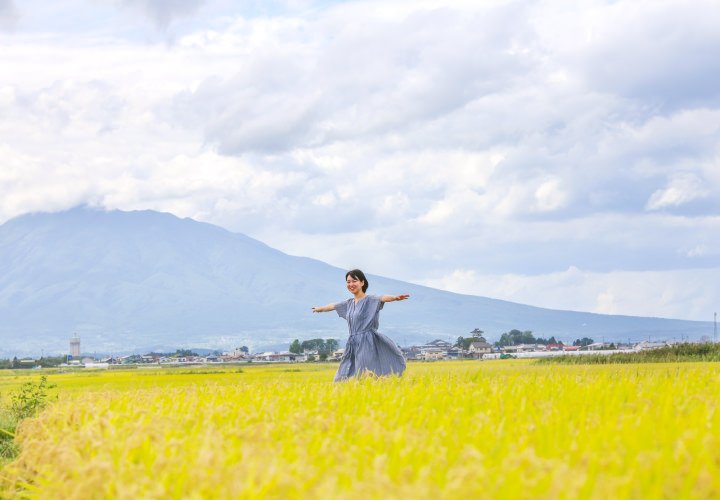
"Descending onto a golden field."
When you get off at Onoekoko-Mae Station, you will see golden ears of rice and the magnificent Mt. Iwaki. Walking while humming the phrase "Ran, Ran-rara, Ran-ran-ran," makes you feel like Nausicaa of the Valley of the Wind!
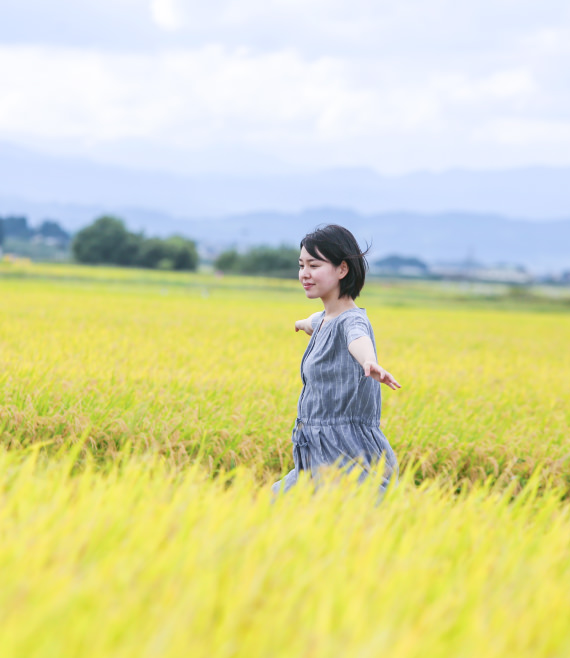
Try telling a dragonfly "See? Nothing to fear," when it lands on your shoulder
Stretching out your arms and feeling the wind, you can take a photo looking like Nausicaa, the heroine from the Ghibli movie Nausicaa of the Valley of the Wind. Place the camera in a low position with the rice field in front of you, and it will look like you are standing in a golden field.
*The narrow roads between the rice fields are privately owned and are important embankments that protect the rice fields. Please do not enter.
Eating rice balls made from freshly-harvested rice in the fields!
Try eating these rice balls made using rice from the first harvest out in the fields! Buy sujiko (salted salmon roe) rice balls unique to the Tsugaru region at Smile Kitchen in Kuroishi, and eat them in the rice fields.
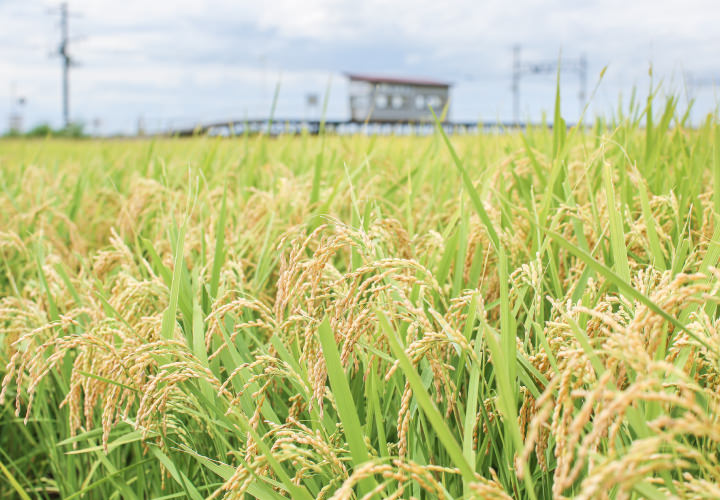
The more effort put into cultivation, the more delicious the rice becomes
For rice grown in paddy fields, nakaboshi is performed before the ears of rice sprout. This is a method of draining water from the rice fields and drying the ground. Water management is very important in rice cultivation. The hard effort poured into cultivating the crop makes the rice more delicious.
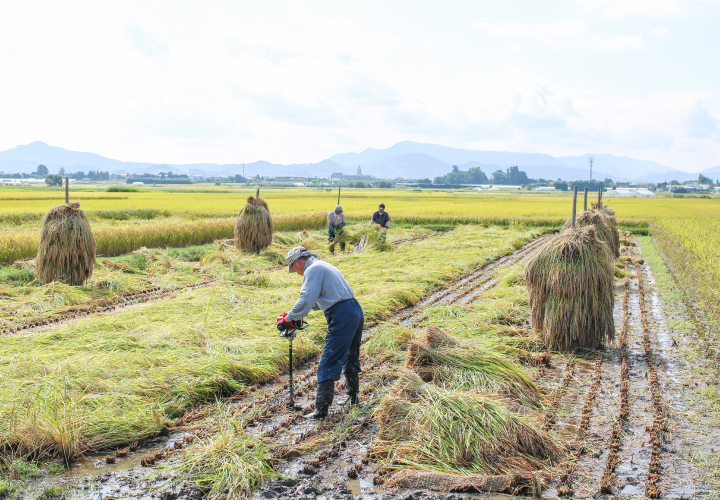
They are making art in the rice fields!??
When you get off at "Tambo Art Station" and walk to "Yuto no Yakata," you will come across rice that has been harvested and hung up on thick poles. This is bogake (pole hanging), a process in which rice is naturally dried in the sun. The rice is moistened by rain and dew for about a month before being slowly dried in the wind and sun. It is said that through this process nutrients collect in the rice, making it taste better.
The hanging ancient rice looks like bundles of dried flowers?
At Yuto no Yakata, many types of ancient rice are cultivated and hung on poles to dry in the sun. The color of the leaves and rice ears changes depending on the variety of ancient rice. This is a very rare place where you can see the various ancient rice varieties that are actually grown nearby.
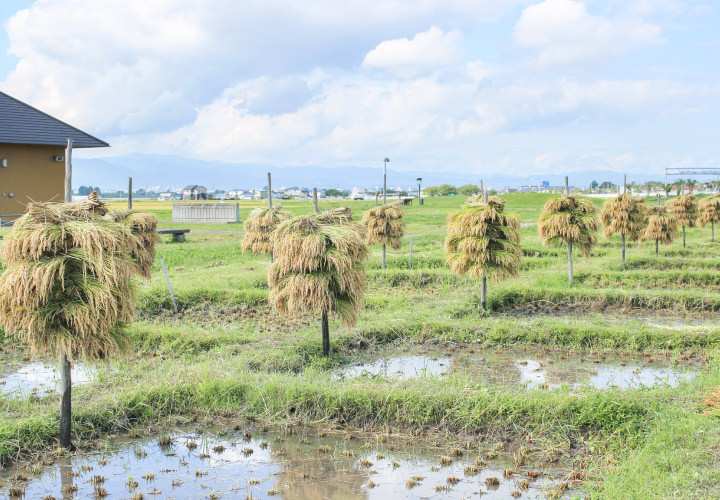
Bogake poles and mini-rice fields lined up in a row
Bogake poles are lined up in small rice fields. These are Yuto no Yakata's mini rice fields where anyone can try cultivating rice all year round.
Yuto no Yakata Yayoi Experience Field
(Annual membership system, application required)
Experience Period: May to November
Participation Fee: 1 block (3.5m x 3.5m) 1,200 yen
Application Period: Early January to late February
Inquiries: Tel. 0172-58-4689
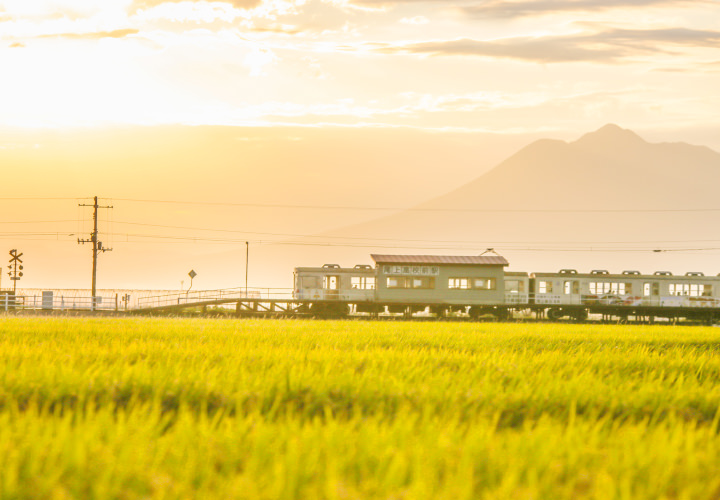
A beautiful dusk over the rice fields in autumn
A line from the Japanese classic The Pillow Book says, "Dusk is the best in autumn," and the evening view of the rice fields is especially beautiful. As the sun sets over Mt. Iwaki, the sky turns red, birds cross the sky while rushing to roost, and the wind suddenly cools. The cries of insects sound lonely, and the light quickly shifts to darkness.




